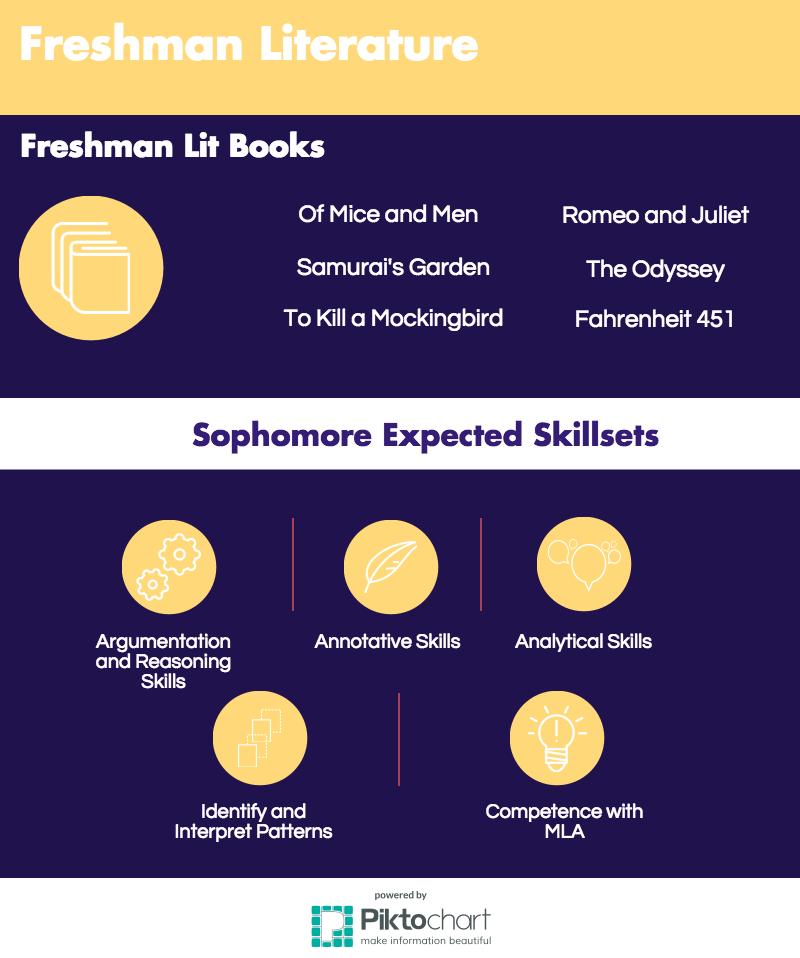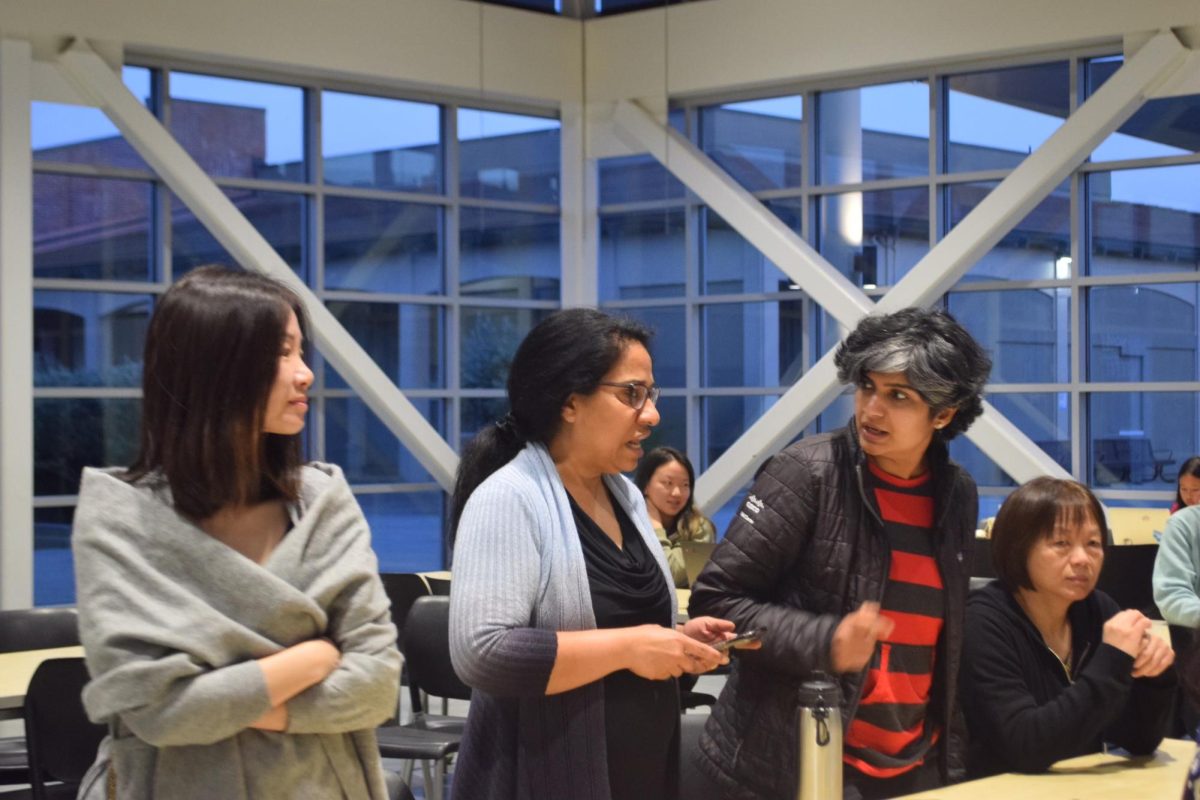Many high school students sit through classes, learning little to none of the skills needed to continue on to higher level courses.
However, over the past few years the English Department has focused on decreasing this negative occurrence through “horizontal alignment” of the curriculum in freshman literature classes. This allows teachers to make sure all students leaving freshman year have similar skillsets, though the curriculum designed for acquiring these skills may differ between teachers.
“There has probably been too much freedom for individual teachers in the past,” Clarke said. “Or at least there has not been enough direction in terms of what the kids should actually walk out of a classroom being able to do.”
Standardizing the curriculum
One of the major steps the department has taken to align the curriculum is designing formative, or diagnostic, assignments for the entire freshman class. Although the administration of these tests started last year, according to freshman literature teacher Scott Catrette, it was more of a trial period for the assessments.
“I do feel that we’ve definitely taken greater strides to get to a place that feels like it’s starting to have more of an impact on freshman students school-wide,” Catrette said.
Yet, the focus of the department is not to require every teacher to teach the same material. The department’s main goal is to make sure sophomores have a core set of literature skills upon leaving freshman year. Common formative assessments for the freshmen provide English teachers with a greater sense of the students’ analytical, annotative and interpretive skills, allowing them to further help individual classes.
World Core teacher Frank Ruskus has seen improvement in curriculum alignment since he joined MVHS five years ago. Ruskus is glad students are coming in with similar skillsets, and he does not mind if he has to re-teach certain lessons as most students are feeling the benefits.
Ruskus maintains that teachers should be allowed to keep their unique approach in terms of how they want to teach the content, but thinks that a certain amount of alignment is necessary.
“Only because when [teaching freedom] is taken to the extreme, it rarely works,” Ruskus said.
Catrette also believes maintaining the current balance of teacher autonomy and the alignment of freshman curriculum is key.
“I like it the way it is. I think it’s not a lock-step process where all teachers are forced to teach the same thing, nor is it, ‘Hey I can do anything I want,’” Catrette said. “In terms of how each teacher gets their students to the goal we set, that’s what most teachers have great autonomy with.”
Reasons for alignment
English department chair David Clarke admits that stricter guidelines for freshman curriculum are needed.
“There has probably been too much freedom for individual teachers in the past,” Clarke said. “Or at least there has not been enough direction in terms of what the kids should actually walk out of a classroom being able to do.”
Clarke has encouraged collaboration to align the curriculum through Wednesday morning staff meetings. However, the department has faced trouble with certain steps of discussion, including decisions on which books to read and what sequence to read them in.
“It’s not that teachers are resistant, but [MVHS] has a very strong tradition of teacher autonomy in the classroom,” Clarke said. “Trying to argue with teacher autonomy in the classroom and the expectation that teachers need to surrender some of that autonomy for the good of the group and the good of the students…making that negotiation is a challenge.”








